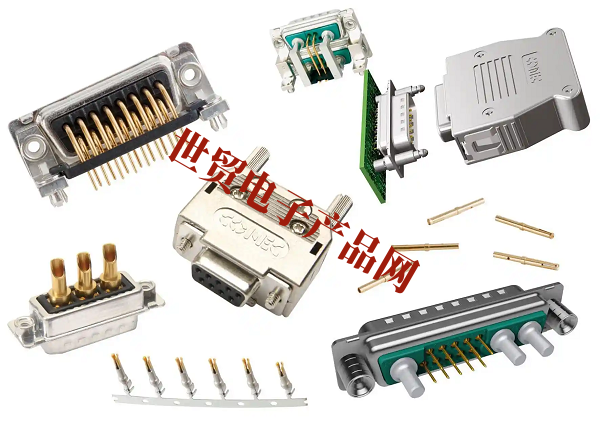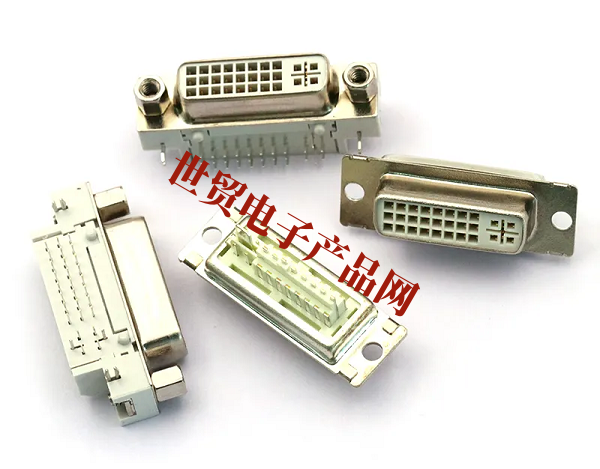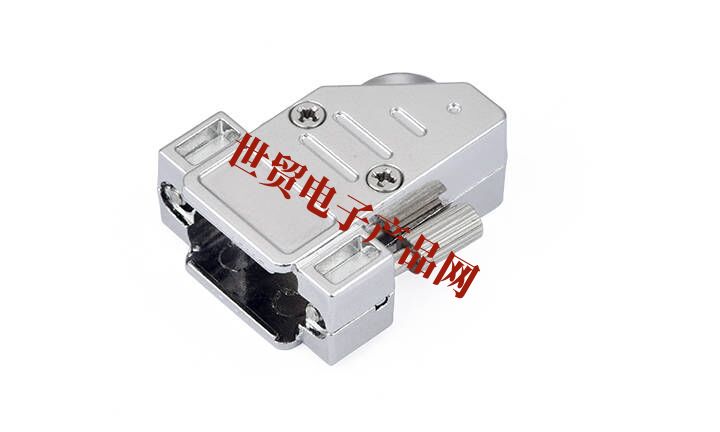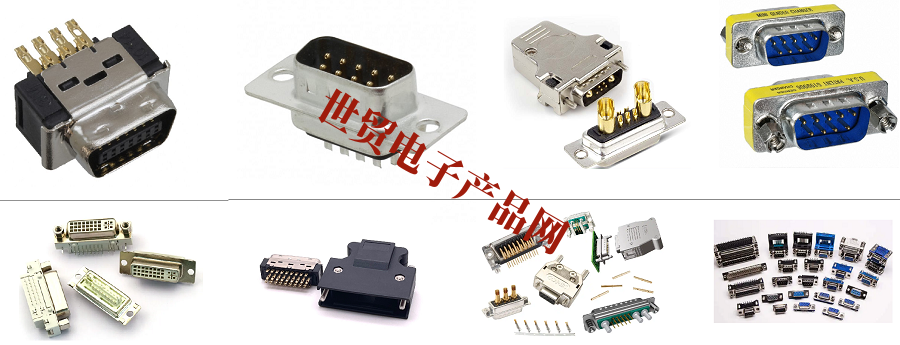Categorization:Brand Connector
Specializing in the production/sale of D-type electronic connectors-providing the most complete variety of D-type connectors in the industry; Five types of D-type connectors are mainly provided: 1. Stamping D-type connector; 2. Mechanical D-type connector; 3. Crimping D-type connector; 4. IDC D-type connector; 5. Filtering D-type connector.
1、 What is a D-type electrical connector? A D-type connector, also known as a rectangular connector (D-type connector/rectangular connector), is a conversion from a circular connector to increase the line density of the connector's contact pairs. It is applied to the electrical connection between electronic devices and between electronic devices and cables. Rectangular connectors are mainly used to realize the electrical connection between cabinets in modern communication equipment. There are three categories: 1. Small rectangular connectors for cabinet shell positioning. 2. Crimping contact rectangular connectors. 3. Ultra-small rectangular connectors for shell positioning. D-type connectors are divided into five main types: 1. Stamped D-type connectors: The pins and sockets of stamped D-type connectors are made of flat metal sheets (usually tinned brass). And is formed as a cylindrical shape of the contact, which is the most commonly used type of contact in commercial connectors, typically having 50 mating cycles. II. Mechanical D-Connectors: The contacts of mechanical D-connectors are made of solid metal (usually gold-plated copper), which are high-quality contacts designed for demanding applications, and these connectors can perform more than 500 mating cycles. 3. Crimp D-type connectors: Crimp contact D-type connectors are very popular in high-end harsh environments, especially in the military market. Crimp welding is usually used as the choice of high-end terminals. IDC D-Connectors: IDC D-Connectors are almost the easiest to disconnect and have the added advantage of quick assembly, making them an extremely popular choice for simple data transmission. The main disadvantage is that the pinouts are limited and the choice of cables is limited to ribbon cables. Filtered D-type connectors: Filtered connectors provide greater EMI/RFI protection. The connector features a planar array of ceramic capacitors and ferrite inductors to prevent interference and is typically used in environments where signal clarity is critical. Connectors with filters are by far the most expensive and must be filtered if interference is to be selected.

---------------------------------------------------------------------------------------------------
2、 how to choose D-type electrical connectors?: In the selection of D-type connectors, we must first understand the need for D-type connectors to carry the current and voltage performance. This is because the current load of the connector is generally determined by the thickness of the wire and the contacts, while the rated voltage is determined by the spacing of the contacts and the insulating material, so it is necessary to ensure that the contacts conform to the size of the supporting conductor to avoid overheating and other adverse conditions. It is important to know the current rating and operating voltage of the connector. Because the test level and data can refer to the manufacturer's standards, but the test standards used by different manufacturers are quite different, so when checking the current rating, you should first observe the temperature rise specification of the connector through the data sheet, so that you can fully understand the specific performance of the d-type connector. Because there are many types of terminations for connectors, some use solder contacts, and some use crimping to facilitate field maintenance, such as compression terminals, wire wound connections, direct connections, loop connections, and eye connections. The type of connector termination required also depends on the size and type of cable and the amount of voltage and current supplied. Because the use of connectors is affected by many application environments such as moisture, temperature, vibration and shock, it is necessary to be very careful when selecting D-type connectors. It is necessary to clarify the mechanical, environmental performance and shell type of D-type connectors to ensure reliable connection performance and avoid the influence of adverse factors such as short circuit.

---------------------------------------------------------------------------------------------------
What are the characteristics of 3、 D-type connectors? : The most common type of D-connector is the D-Sub connector, named for the D-shaped housing at the mating end and the relatively high interconnect density at the time these devices were introduced. Described as "connectors," the products in this series collectively include the electrical contacts and the insulation system that holds them in place. These devices are typically used in circuit board mounting applications, although they can also be used for solder-terminated cable mounting. The D-sub connector, also known as the D-sub miniature, is an analog signal interface connector used to connect a cable to a printed circuit board. It is also known as the D connector because of its unique shape of the D shield. Today, take the D-Sub connector as an example to understand the main characteristics of the D-type connector: the D-Sub connector is bulky, especially when compared with the new connector, it is more bulky, and it is difficult to connect and disconnect in a narrow space. Because the pins in the D-Sub connector housing are exposed, they are prone to bending or breaking. A better way to avoid pin damage is to protect the pins with a D-sub plug or receptacle cover to prevent damage when unmated. In addition, the male-female converter and the female protector help to reduce the stress on the connector caused by repeated plugging and unplugging. D-Sub connectors can be mated without the use of thumb screws, but such a friction fit is not guaranteed to always be in place. On the other hand, although the thumb screw provides a stronger connection, it increases the time required to plug and unplug the connector. There are still many devices with DB9 ports, and there are also a variety of alternative technologies for converting legacy products with D-sub connectors. With a converter between RS232/422/485 and USB, Ethernet, and other technologies, you can still use old-school serial devices with a variety of modern computers
---------------------------------------------------------------------------------------------------
4、 some pictures of D-type electronic connectors produced/sold by our company (pictures are for reference only):

---------------------------------------------------------------------------------------------------
5、: How to buy or know about D-type electronic interconnection connectors? :
World Trade Electronic Products Network-Production/sales [D-type electronic interconnection connector products]; If you want to buy or know what we can provide D-type electronic interconnection connector product solutions, please contact us through the following way.